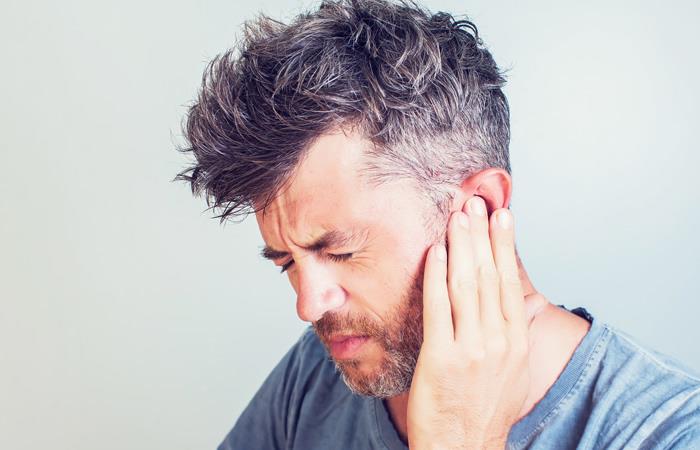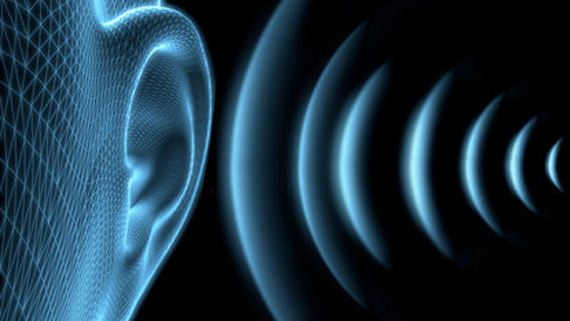Many patients visit their ENT specialist complaining of a buzzing or ringing in their ears. These noises need to be studied as soon as possible using audiometry and tympanometry, for example, as the underlying cause could be any of a range of conditions. Here, we explain what this testing consists of and how it is carried out.
Measuring tinnitus: audiological evaluation
As tinnitus is a symptom and not a specific condition, a series of hearing tests are carried out to identify and assess the symptoms the patient is experiencing in order to determine possible causes. Given that an estimated 5% of the world’s population suffers tinnitus, this type of testing is essential to correctly diagnose tinnitus and rule out more serious neurological causes.
Before undertaking the hearing evaluation itself, the specialist will ask the patient about their medical history in an attempt to determine the aetiology of the symptoms. Then, they will carry out a full ENT examination to identify the affected ear or diagnose unilateral or bilateral tinnitus. The patient will then undergo an audiometry test including pitch matching. This test will provide information on frequency, intensity, sensation level (SL), variability and the minimum masking level (MML).

It is important to remember that the symptoms of tinnitus are only perceptible to the person suffering it. Therefore, this type of testing is highly subjective, as it measures the patient’s perception of tinnitus sound, pitch and volume. Tinnitus testing lasts approximately twenty minutes, and given the subjectivity of the patient’s responses, may need to be repeated to determine the pitch and intensity more exactly.
How is a tinnitus test carried out?
Before beginning the test, the specialist needs to know if the tinnitus is unilateral or bilateral. If tinnitus is only present in one ear, the other will be stimulated; if both are affected, the one with the least intense symptoms will be stimulated.
Tinnitus testing is carried out using an audiometer in an isolated, sound-dampened environment, which is usually a hearing test booth. Specific headphones will be used for the exam.
Tinnitus testing step by step
- The hearing test begins by attempting to identify a tone and volume that is audible to the patient. From here, two frequencies are compared in order to determine which is the most similar to the noise perceived in the affected ear. This way, we will be able to determine the pitch and frequency of the tinnitus.
- The next step is to measure the perceived loudness or sensation level (SL) of the tinnitus. This part of the testing begins with a frequency that is inaudible to the patient and is gradually increased until it can be perceived correctly in both ears. After matching the frequency and loudness of the tinnitus, its sound is compared with a narrow band noise, which is centred at the pitch match frequency.
- To establish the minimum masking level (the volume at which a noise masks the symptoms of tinnitus), a broad band signal is used to identify the threshold at which the patient is able to perceive the sound. Beginning with a signal below their hearing threshold, the specialist gradually increases it until there is a subtle change in the perception of the tinnitus as it appears to blend with the therapeutic noise (known as the mixing point).
- The final parameter that can be identified in tinnitus testing is the patient’s capacity to experience residual inhibition, a brief suppression of the tinnitus symptoms that tends to last for no longer than four minutes after the sound stimulus has been removed. The patient is continually exposed to sounds 10 dB above the minimum masking level in both ears for one minute. When the noise stops, the patient will experience one of three things: complete residual inhibition, with no perception of the tinnitus at all; partial residual inhibition, with a noticeable quietening of the tinnitus; or they may be no response at all to the sound stimulus.

Treating tinnitus
Following the tinnitus testing, and once the pitch and sensation level of the patient’s tinnitus has been identified, the specialist can define the most suitable course of treatment.
While there is no treatment that can eradicate the unpleasant symptoms of tinnitus, there are a series of therapies that can be employed to manage and alleviate them. The most common is Tinnitus Retraining Therapy (TRT), which is used to mask the tinnitus symptoms and manage the patient’s reaction to them. Other possible courses of treatment involve the use of white noise to mask symptoms, and hearing aids may also be recommended in some cases if the patient is also experiencing hearing loss.

Have you ever undergone this type of test? We would love you to tell us all about it in the comments!
Credit photo: centroauditivo-valencia, tinnitus retraining sysmex

nice blog